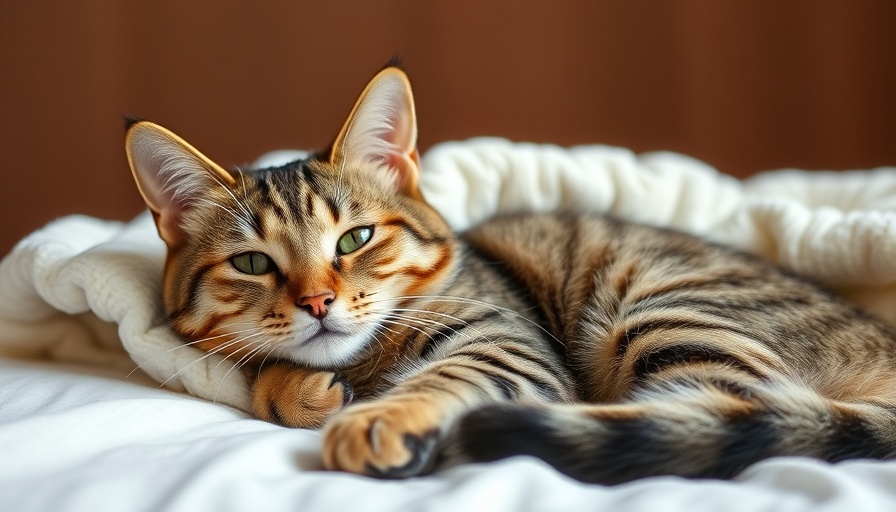
Discover the SWISS Set: A Stylish Solution for Pet Owners
As pet owners, we know that creating a safe and stylish environment for our furry friends can be a challenge. The SWISS Premium Leather Dog Accessory Set is not just about luxury; it embodies functionality and trends in pet fashion. This exclusive offer, combining a high-quality collar and leash, ensures that you and your pet can step out in style.
Why Choose Leather? The Benefits of Premium Materials
Leather is a timeless choice when it comes to pet accessories. The SWISS set, crafted from premium leather, not only looks elegant but is also durable. Unlike synthetic options, high-quality leather stands the test of time and is less likely to tear or fray, making it ideal for active pets. This set is available in a variety of colors including black, espresso, and red, allowing you to choose the perfect style that matches your dog's personality.
Sizes That Fit: Tailored for Every Breed
Available in multiple sizes, the SWISS collar can accommodate dogs of all sizes—from XS to XL—ensuring a snug yet comfortable fit. This versatility makes the SWISS set perfect for both small breeds and larger dogs. It's essential for pet owners to find the right collar size, not only for comfort but to ensure safe and effective use during walks.
Saving Big on Quality Pet Accessories: How to Maximize Value
At a regular price of $191.98, the SWISS set is currently offered at a discounted price of $175.99. For savvy pet owners, this is an excellent opportunity to invest in durable accessories without breaking the bank. Imagine the joy of showcasing your pet in such a stylish collar and leash while knowing you saved $15.99 during your purchase!
Styling Your Walk: A Fashion Statement for Pets and Owners Alike
Every outing with your dog can be a chance to make a fashion statement. The SWISS set not only provides functionality but adds a sleek design that sets you apart in the park. It's not just about practicality; it's about reflecting your love for your pet through thoughtful choices in their gear.
Beyond Fashion: The Importance of Functional Pet Accessories
While style matters, functionality is paramount. SWISS collars are designed for safety, featuring mechanisms that assure your dog is secure while on walks. Pet owners should always prioritize their pet’s comfort and safety, and the SWISS set excels in these areas, combining both without compromise.
Act Now: Take Advantage of Free Shipping
Don’t wait to enhance your pet’s wardrobe! With free expedited shipping over $99, now is the time to treat your pet to the elegance and durability of the SWISS set. Investing in premium accessories is not just a purchase; it’s a step toward boosting your pet’s comfort and style in everyday life.
The SWISS Premium Leather Dog Accessory Set is a stylish solution designed with both aesthetic appeal and practicality in mind. Discover the difference quality makes in your pet’s everyday life and give your furry friend the best.
 Add Row
Add Row  Add
Add 




Write A Comment